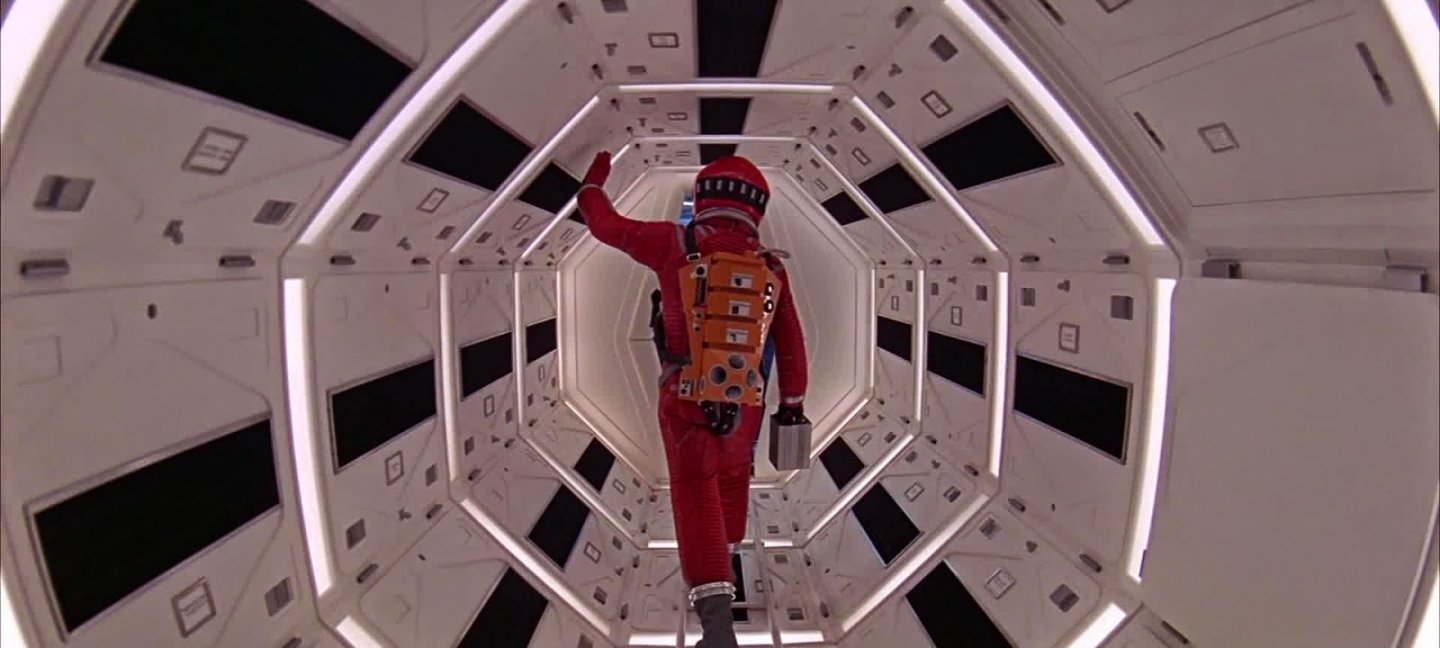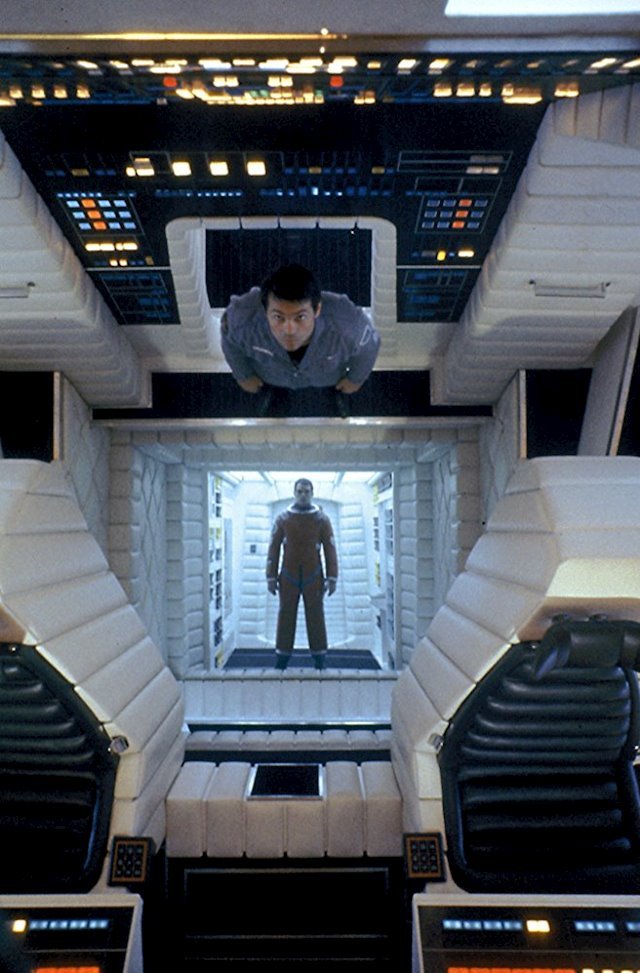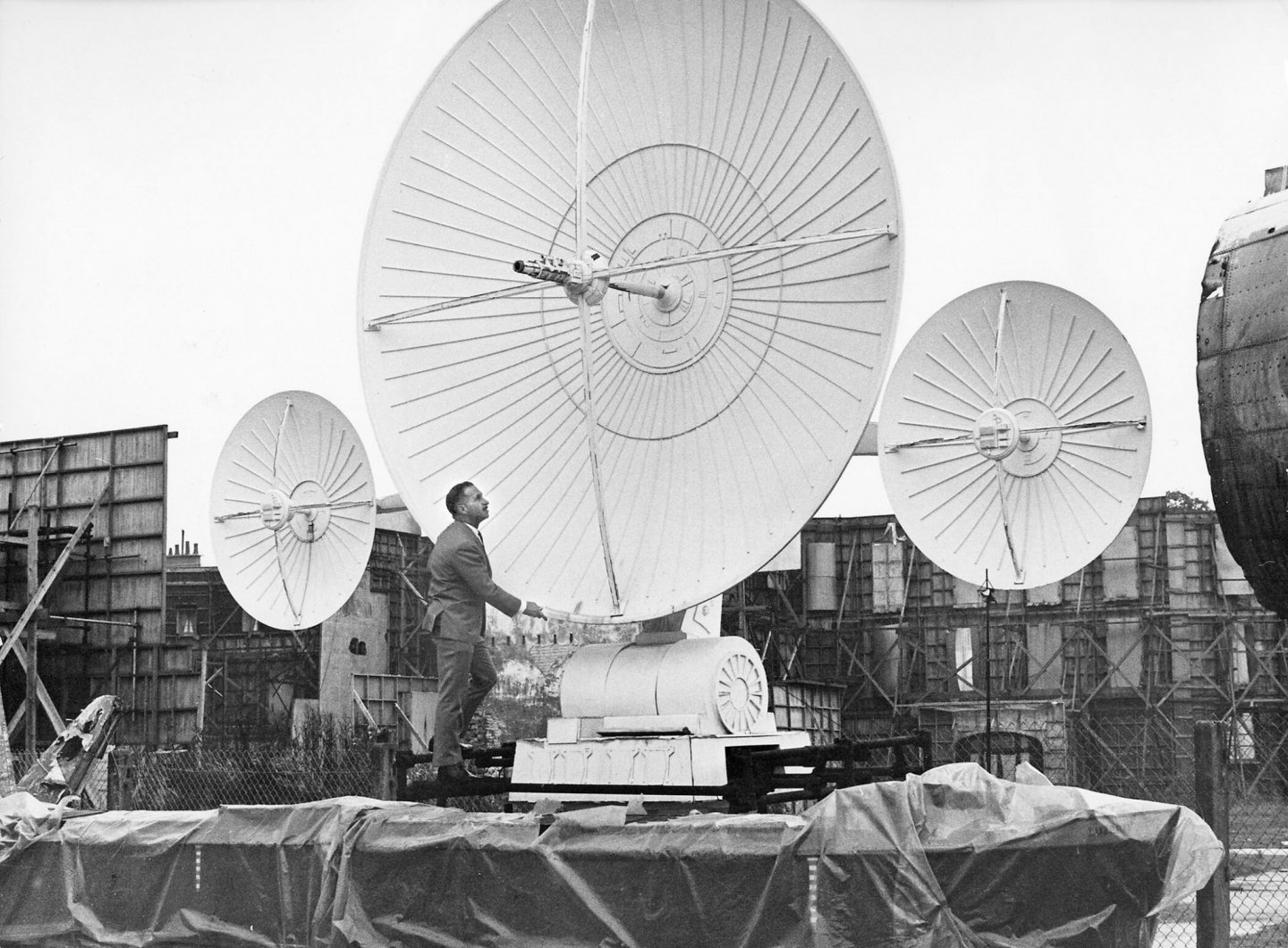-
Posts
3,563 -
Joined
-
Last visited
Content Type
Profiles
Forums
Gallery
Events
Everything posted by yvesvidal
-
This is turning into a plastic model..... :-) Yves
- 222 replies
-
- sultana
- model shipways
-
(and 1 more)
Tagged with:
-
Trying to finish this Discovery vessel. I am still waiting for "Cold" white LEDs to finish the cockpit and create the light chamber with both halves of the sphere. In the meantime, I did paint some panels, as seen in the movie and other reference materials. It takes a lot of masking, but the result is worth it: There are basically three shades of paint used on these parts. The sphere is also getting a similar treatment: And the bottom part is getting ready for its white coat and panels tainting: There are different schools for painting the panels, including a study of the movie and still frames which is not the easiest to do. I am basing my approach on the fantastic model of the Discovery done by a Japanese company. Their model (absolutely unreachable for us at $13,000 in the scale of 1/10 of the movie prop) is the closest and most realistic rendition ever made of the Discovery. My model is an approximation of their masterpiece..... Yves
-

B-25 Mitchell "Meet Miss Runyon" by Javlin-HK-1/32
yvesvidal replied to Javlin's topic in Non-ship/categorised builds
Beautiful. The early Mustang is a little marvel, too. Yves -

B-25 Mitchell "Meet Miss Runyon" by Javlin-HK-1/32
yvesvidal replied to Javlin's topic in Non-ship/categorised builds
Beautiful cockpit. It helps to work at 1/32nd or 1/48th scale..... I cannot stand the 1/144th of my Space Discovery interiors. Yves -
Some progress on the crew space, the sphere. As mentioned earlier, I am limiting myself to the cockpit and the hallway right behind it. The Paragrafix kit also offers the main corridor between the exit door and the deck (the exit David Bowman uses after being denied access to the ship by the neurotic HAL 9000) as seen below: The PE set has also a couple of parts to depict the emergency hatch: The cockpit is basically composed of one main piece that is folded in multiple directions and of two seats: The brass is of excellent manufacture and rather thick, which is ideal to keep the walls flat and straight. The cuts representing the various screens and controls are exquisitely done and mimic perfectly the movie prop. However, they are flat like all PE parts. Using styrene pieces, it is possible to make the deck more realistic. I am using half-round 1 mm pieces and the tiniest flat strips you can find: The rear hallway is another part that is folded to form the corridor: Again, lots of precision and details are available. The black box on the left is the HAL 9000 eye. The seats are microscopic and require an intricate folding: Again, I am using 0.5 mm round strips to simulate the cushions where the crew can sit. The outer shell of the seats is made using the 1.0 mm half-round styrene bits. Overall, this cockpit is a lot of work for what you end up seeing through the front shield. The deck is pretty much ready to be closed: You can see some of the colored controls, done with a piece of Scotch tape glued on the PE: I am using clear color Tamiya acrylic paint applied with a tiny brush. Other sections are done with colored markers. It is very, very small and frankly a waste of time. But it looks good. Only a fraction of what you see below will be visible when the deck is placed behind the window frame: My camera is completely unable to focus and take decent Macro shots. Maybe it is better this way, as you cannot see my sloppy work.... The deck is glued to the window frame: here again, perfect fit from the PE parts. Below is pretty much what you can see..... My next work is to seal all the cracks with thick cement and paint the seams matt black. I want to make sure that the light will not leak and only comes from the controls and from the hallway. The entire sphere will be the light chamber. Honestly, an enormous amount of work for very little return. Modelers attempting the PODs bay will have more fun but also a lot more work. Yves
-
What a fantastic build and what a beautiful model. Like many others following this Build-Log, I have a few questions: - Scale? From the size of your tree nails (0.5 mm -> 24 mm) I assume this is 1/48th scale. - Plans? I assume these are from the French Publications ANCRE. I could be wrong. - Wood(s) used ? - Are you using glue? I see nails all over the place and practically no evidence of glue, anywhere. You are an artist and it shows. If you use a little bit of glue, what is it? Thank you for taking the time to answer these questions and all my gratitude for showing us such a masterpiece. Yves
-
You are not sparing your energy and creativity to represent Sultana as it is today. Fantastic work. Yves
- 222 replies
-
- sultana
- model shipways
-
(and 1 more)
Tagged with:
-

Does anybody have some experience with CAF Models ?
yvesvidal replied to yvesvidal's topic in Wood ship model kits
Tom, Chuck, Thanks a lot for the detailed explanations. Being French, let me know if there is anything I can do to help you with your negotiations between CAF and ANCRE. ANCRE's researches are exceptional and their work on various subjects deserved to be acknowledged. I certainly hope you will quickly obtain an agreement with them, as it would be a pity that their work do not get translated into kits. Both parties would benefit from it, in the sales of kits and of books. Please, let me know when you are in a position to resume the manufacturing of that beautiful kit. Thanks Yves -

Does anybody have some experience with CAF Models ?
yvesvidal posted a topic in Wood ship model kits
I was wondering if anybody on this forum has had some experience with CAF Models? I see that they are advertising on the side Bar of the FOrum, but tried to contact the owner of the company at the suggested E-Mail with no success. The E-Mail address is invalid. Specifically, I wanted to know more about their Chebec (Le Requin) in the 1/48 scale. From the pictures, it looks like a fabulous vessel and I have always loved the shape of that boat. Yves -

HMS FLY by cafmodel - 1/48
yvesvidal replied to cafmodel's topic in - Build logs for subjects built 1751 - 1800
Your kits seems to bring the hobby to a whole new level. Yves- 59 replies
-
Well, this is what I have been working on, for the past few days. The cold weather has been slowing me as I can only paint outside (cans). The effort has been concentrated on the display for the Discovery vessel. I want to represent it orbiting around Jupiter as it completed its mission, after getting rid of the crew. The frame is 48 inches by 18 inches (diorama) and is made of premium pine of 1.5 X 0.75 inch. I have used that kind of wood and know that it will hold very well in time, without any warping. The frame is glued and re-enforced by metal corners. The "T" shaped pieces will be used to hold the vessel. Two 3 mm rods are taking care of holding the long Discovery in its cradle. In retrospect, 4 mm would have been better but I did not have the special nuts that went into the model. I will compensate the lack of rigidity with some brass tubing. The rods are also electrical conductor for the lights. The concept seems to work.... It is now time to paint... Primer first... and then final paint: two coats of gloss black. Now, the holders can be permanently mounted with 4 mm screws: In the meantime and while the weather was preventing me from painting the frame, I tried to approach Jupiter in two ways: Artistic painting and Pictures from NASA: The picture is of course more accurate but presents the drawback to show the seams of the paper sheets, when you place your nose on it. I could have asked FedEx to print it for me on glossy paper but that would cost more than $90 without any warranty that I would be happy with the result. I can always go back and do that later.... The painting is more beautiful with vibrant colors and is for the time being unfinished. I have used Liquitex Soft Body artistic acrylic paints diluted with a tiny amount of water and airbrushed on a foam board. The tormented Jupiter atmosphere is done with a regular brush. People who have seen both, told me they like the painting better..... So, this is what I will be using until I refine the painting with more details and a fine mist of white on top. After mounting the vessel, this is what we are getting: Of course, that sky will require a few stars and a couple of moons to be more realistic. It is relatively easy to swap the background, so I may try the picture solution, even though I like my painting a lot :-) - Crazy project, don't you think? Yves
-
Yes, Isopropyl alcohol will remove acrylic paints. It can be a good thing (when you goof off) or a bad thing (as you know....). Yves
- 120 replies
-
- crabbing skiff
- Chesapeake Bay crabbing skiff
- (and 3 more)
-
And so, did this kit was ever made available in the USA? Sincerely, I doubt it will be and the Trumpeter kit (although plastic) will fill the niche of that incredible vessel in 1/200 scale. The Revenge designed by Chris Watton took quite a few years to be proposed by Amati. The Victory (1/64) also designed by Chris Watton is still not available, years after the kit has been delivered to their office in Italy. I am not holding my breath on this one, even though the Parts were distributed in Europe a few years back. Yves
-
Beautiful colors selection. You are turning this little kit into a masterpiece. Yves
- 22 replies
-
- Grand Banks Dory
- Midwest Products
-
(and 1 more)
Tagged with:
-
Delf, You are starting a fantastic kit here. Chris Watton's realizations are top notch and I have been following his work for many years. The structure of the hull seems to be the MDF parts that Chris started using for the Victory that he designed for Amati. I will be following with a lot of interest. Yves
- 725 replies
-
- vanguard models
- speedy
-
(and 1 more)
Tagged with:
-
In parallel to the building of the frame to display the model, I am starting the antennae module, containing the infamous AE-35 device that is the reason HAL 9000 invokes to terminate the astronauts aboard the Discovery: The parts are very delicate and the main cross was broken in my box. A coat of German Grey before applying the white color on top. Below is a picture of Stanley Kubrick, inspecting the original antennae prop built for the 2001 Movie: Yves
About us
Modelshipworld - Advancing Ship Modeling through Research
SSL Secured
Your security is important for us so this Website is SSL-Secured
NRG Mailing Address
Nautical Research Guild
237 South Lincoln Street
Westmont IL, 60559-1917
Model Ship World ® and the MSW logo are Registered Trademarks, and belong to the Nautical Research Guild (United States Patent and Trademark Office: No. 6,929,264 & No. 6,929,274, registered Dec. 20, 2022)
Helpful Links
About the NRG
If you enjoy building ship models that are historically accurate as well as beautiful, then The Nautical Research Guild (NRG) is just right for you.
The Guild is a non-profit educational organization whose mission is to “Advance Ship Modeling Through Research”. We provide support to our members in their efforts to raise the quality of their model ships.
The Nautical Research Guild has published our world-renowned quarterly magazine, The Nautical Research Journal, since 1955. The pages of the Journal are full of articles by accomplished ship modelers who show you how they create those exquisite details on their models, and by maritime historians who show you the correct details to build. The Journal is available in both print and digital editions. Go to the NRG web site (www.thenrg.org) to download a complimentary digital copy of the Journal. The NRG also publishes plan sets, books and compilations of back issues of the Journal and the former Ships in Scale and Model Ship Builder magazines.






